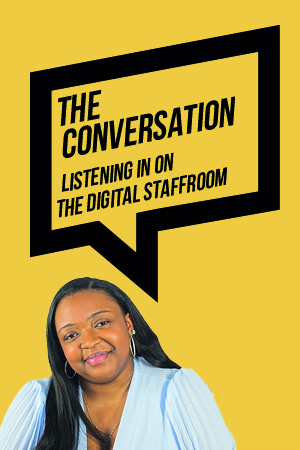Publisher
Crown House
ISBN 10
1785836315
Published
15 Jul 2022
I recalled a personal experience when I began to read How to move and learn. A few years ago, I started to notice quite a few stories appearing in the press about the benefits of a standing desk. That’s a desk designed at a height where you do not need to sit to use it. On closer examination it appeared that academic research, including a study from Texas A&M University, found people who stood up at work in an office were 50 per cent more productive. Participants in the study reported feeling healthier and often in a better mood. I tried it, and despite some initial aches and pains, it seemed to work.
This book’s authors start from a similar premise. Their view is that far too many children and young people are expected to sit and learn too often and this is affecting their physical and wider wellbeing needs. The book draws on engagement with close on 400 schools across the country to integrate movement as a key part of teaching and learning.
The authors explain that physically active learning (PAL) is not a new concept and is about learning in lessons other than physical education. They are at pains to explain that it is not just about running or jumping. They make clear that it can be ‘a child making body shapes behind their desk to represent different multiple choice answers’, a child writing their name in chalk on the playground, or even an activity that encourages them to work as a team in the school grounds searching for clues. The intention is to gradually increase the range of physical activity that a child undertakes so that it can support their sense of wellbeing, improves their sleep patterns, builds confidence and social skills and enhances coordination.
The frequent references to supporting academic studies is a strong feature and is used well to explain how the evidence suggests greater physical activity improves academic achievement, particularly for the benefit of ‘all demographic subgroups and in particular boys and low academic-performing girls.’
Its immersion in real classrooms oozes from its pages
The authors suggest that their approach is not new, and they wonder why it ever went out of fashion. They have, however, given it a modern reboot and provided much guidance and support to help with its implementation.
The book promotes a ‘small steps’ approach with changes being introduced by a teacher or a whole staff group with regular reviews along the way. There is much emphasis on having the right school culture and ethos so that the approaches have a stronger chance of success. It provides support in how best to achieve this, so it has value beyond the ‘move and learn’ philosophy and would not be out of place within a leadership course for middle and senior school leaders on improving school culture and ethos.
The sections called ‘Questions and tasks’ are very helpful because they provide a framework for considering the changes that need to be made and clearly apposite for staff discussions prior to implementation. There is further support in the ‘small steps big difference’ section which offers practical support and ideas for those requiring a little more help.
The book is interspersed with appropriate photographs making clear the relatively simple adaptations to current pedagogy that can be undertaken to achieve the intended outcomes. Here, however, lies the rub. The images include children drawn from early years to older primary school settings, but I am sure the authors have bolder ambitions believing that the approaches are applicable for much older students as well. The next reprint needs to give this some attention.
There is little doubt that the many approaches advocated within the book have been tested and developed while working with teaching staff and children. It is this immersion that oozes from the pages giving the reader confidence to give it a go! The changes advocated are not unrealistic and are relatively minor for most teachers. The impact could be dramatic with better all-round outcomes including improved motivation for the children.
If adults are finding working on their feet in an office environment more beneficial, surely it is time to release children from their desks to encounter the fun and enjoyment of carefully considered and well-crafted physically active learning.













Your thoughts